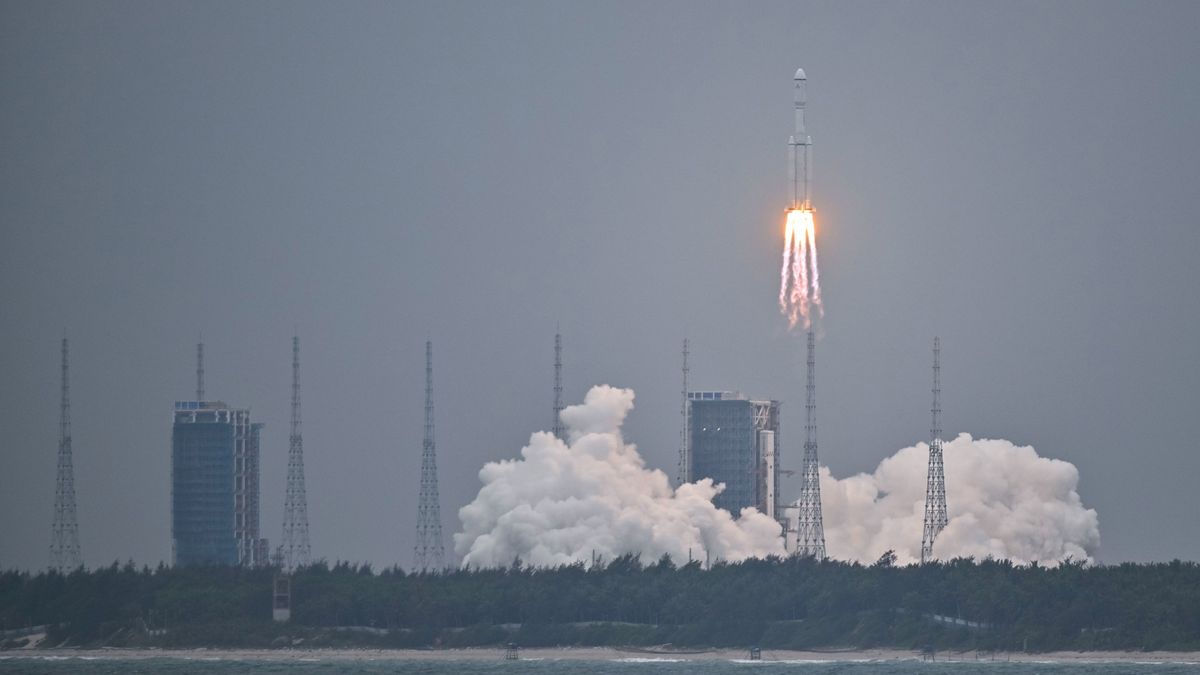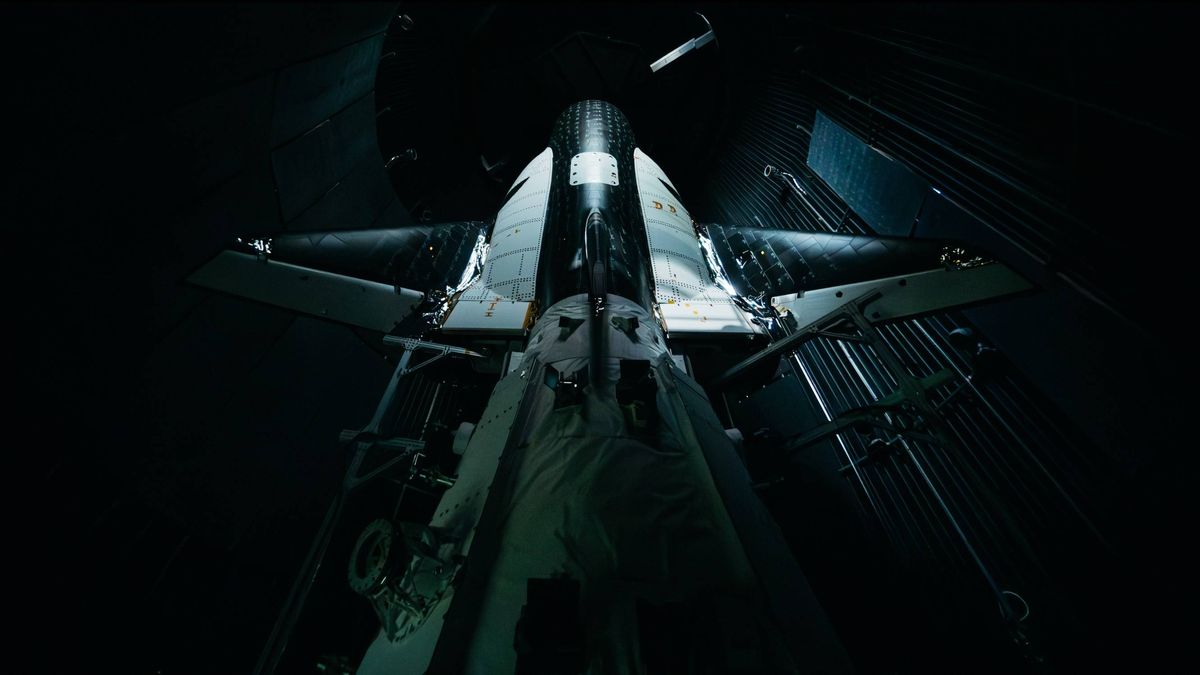China’s Lunar Ambitions Support with Satellite Launch
China recently launched a satellite toward the moon to further their lunar exploration objectives. On March 19, a Long March 8 rocket departed from the Wenchang Satellite Launch Center in Hainan with the Queqiao-2 satellite on board. This satellite serves as a relay satellite, aiding in the communication exchange between China’s lunar spacecraft and mission control on Earth, as well as other vehicles on the moon’s surface.
The Queqiao-2 is set for a highly elliptical orbit around the moon, positioned to support missions in both the lunar south pole and the far side of the moon. This crucial development was reported by SpaceNews. This satellite is designed to enhance China’s capability to explore and operate in various lunar locations.
Unannounced Lunar Mission
Earlier this month, China executed an unpublicized mission by launching two spacecraft towards the moon. The endeavor was not disclosed until China’s Xinhua news agency announced that the spacecraft did not reach their intended orbit. Little information is available regarding these vehicles, dubbed DRO-A and DRO-B, apart from their names implying a distant retrograde orbit. This type of lunar orbit resides high above the moon, moving in the opposite direction of the moon’s rotation around Earth.
The unexpected launch indicates a technology demonstration to establish lunar infrastructure, rather than being part of China’s core moon exploration program, according to SpaceNews reports.
Global Competition and Concerns
While NASA aims to reinforce its lunar presence and the U.S. Space Force seeks to expand its cislunar operations, concerns are growing about China’s lunar pursuits. Leaders within the Space Force have expressed apprehension over China’s moon exploration plans and the introduction of new lunar orbits through satellite deployments that could serve as potential threats. Brig. Gen. Anthony Mastalir, commander of U.S. Space Force’s Indo-Pacific division, highlighted the evolving conflicts on Earth that could potentially extend into space.
NASA chief Bill Nelson has also acknowledged the competitive dynamic, with concerns about China’s intentions in space. He emphasized the need to monitor Chinese activities on the moon to avoid territorial disputes and ensure peaceful exploration.
Future Lunar Plans
Looking ahead, China has set a goal to land astronauts on the moon by 2030. In collaboration with Russia, China is actively involved in planning the International Lunar Research Station. This initiative will kick off with the Chang’e 7 and 8 missions, scheduled for around 2026 and 2028.
Image/Photo credit: source url





